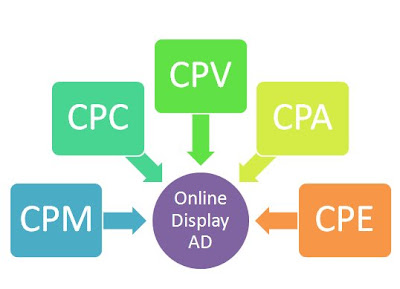
Many organizations these days are overwhelmed with this new phenomenon: The Social Media. The Social Media which I call as Web 2.0, includes fast-growing peer-to-peer (P2P) activities like blogging, RSS, file sharing, open source software, podcasting, search engines, and user-generated content.Out of the total 50 Million Online user base — 82% of users come from the Urban Cities and out of those 81% now read blogs at least monthly, and 73% are members of a social networking site like Orkut, Facebook or LinkedIn. (Reference)
Even more amazingly, almost one-third of all youth publish a blog at least weekly, and 41% of youth visit a social networking site daily. These new technology and social changes are transforming the way all businesses operate, create products, and relate to customers.
So, in this new world Web 2.0 your company will be able to:
Collaborate with Customers and Partners in new ways
This will result in genuine business relationships form, and the external perception of an organization changes from sterile and faceless to a collection of individuals who are ready to help
Collaborate within the enterprise to deliver more value
Online networks with even basic profiles of its individual members' experiences, locations, and interests can cut problem-solving time by enabling faster connection between a questioner and a person who has solved similar problems in the past. An internal social networking capability can also help the individuals responsible for creating relationships with customers to pull together the "right" team of individuals who will resonate with the prospect at a personal level.
What I am now describing are the new methods or new CRM landscape which all the marketers should definitely learn to navigate with.
1. Power up market research with "listening" capabilities.
Traditional: Engaging with customers begins with understanding their needs and goals, behaviors, and their value to the enterprise. This activity has traditionally been the domain of market research.
CRM 2.0: But if you redefine the role of market research to include the capabilities for actively "listening" in the Social Computing context, then you should establish customer sounding boards for researching decisions. You can monitor market buzz and measure ongoing trends and customer perceptions using solutions from BuzzMetrics and Cymfony (a division of TNS Media Intelligence).
2. Make marketing more relevant with "talking" capabilities.
Traditional: The traditional role of marketing is to support outbound communication to prospects and customers to raise awareness for products and services and establish favorable attitudes towards your brand.
CRM 2.0: However, marketing in the world of CRM 2.0 must establish a dialogue between sellers and buyers. This means developing capabilities to have conversations with your customers. Use interactive dialogue and help your brand fans spread your message more easily through social networks like Twitter and Facebook. Establish the ability to communicate continually with customers and monitor responses using blogs.
3. Boost selling with "energizing" capabilities.
Traditional: Old-school CRM thinking defines the role of sales primarily as carrying out the tasks of identifying decision-makers, making contact, and securing orders.
CRM 2.0: Next-generation CRM thinking consider the use of customer opinions to increase sales through ratings and reviews using discussion forums. Learn how to designate lead customers to energize others through brand ambassador programs. Link with and gain introductions to influential customer network members by using business-oriented social networking and contact management solutions like Linkedin and Plaxo.
4. Strengthen service with "supporting" capabilities.
Traditional: In conventional world we support users by addressing there problems and issues through different mediums like Telecon or Videoconferencing and remote access. Sometimes our support people need to personally visit the customers to resolve there issues.
CRM 2.0: In the new world of the social and connected customer, help customers to support each other. To enable customers to solve each others' problems, consider solutions that support customer forums. To enable customers to build solutions together, think about using Wikis like Confluence, Socialtext, and Wikia.
 Customers who are using social technologies to seek better experiences threaten to make traditional approaches to CRM obsolete. For the most part, enterprises understand that there's no choice but to jump in and improve how they architect a differentiated customer experience and use some of the new technologies — blogs, communities, wikis, widgets, social networks, and the concepts of dynamic applications — to their own advantage. The most important question is not what technology to use; most important is determining who you're trying to reach, what you're trying to accomplish, and how you plan to change your relationships with your customers.
Customers who are using social technologies to seek better experiences threaten to make traditional approaches to CRM obsolete. For the most part, enterprises understand that there's no choice but to jump in and improve how they architect a differentiated customer experience and use some of the new technologies — blogs, communities, wikis, widgets, social networks, and the concepts of dynamic applications — to their own advantage. The most important question is not what technology to use; most important is determining who you're trying to reach, what you're trying to accomplish, and how you plan to change your relationships with your customers.Hope you found my blog post useful. If you have any comments or queries do mention the same below and I would try to answer the same as soon as possible.


